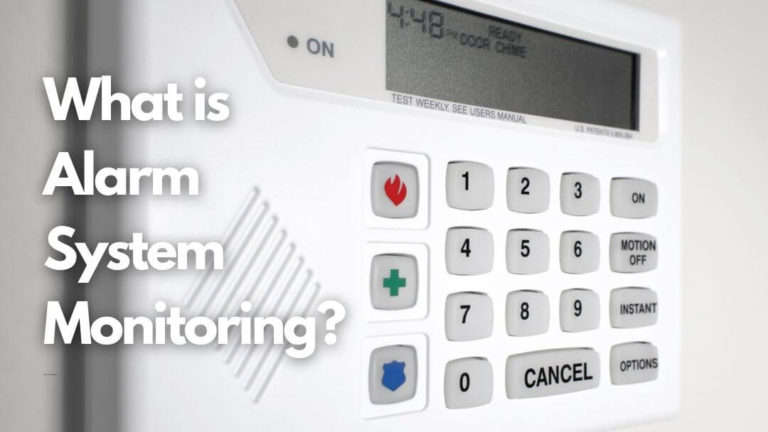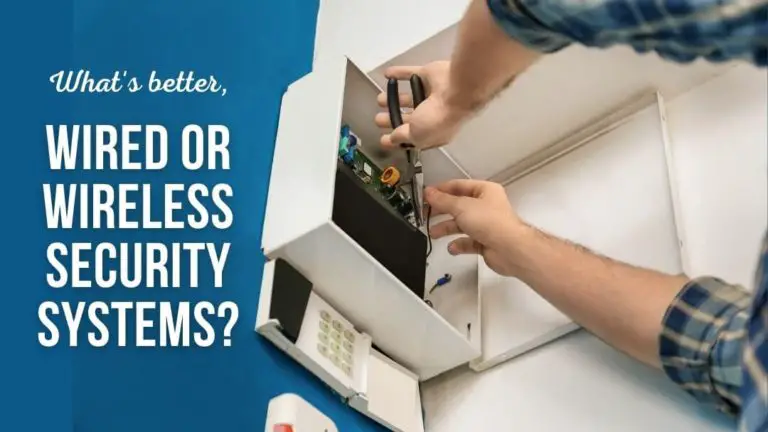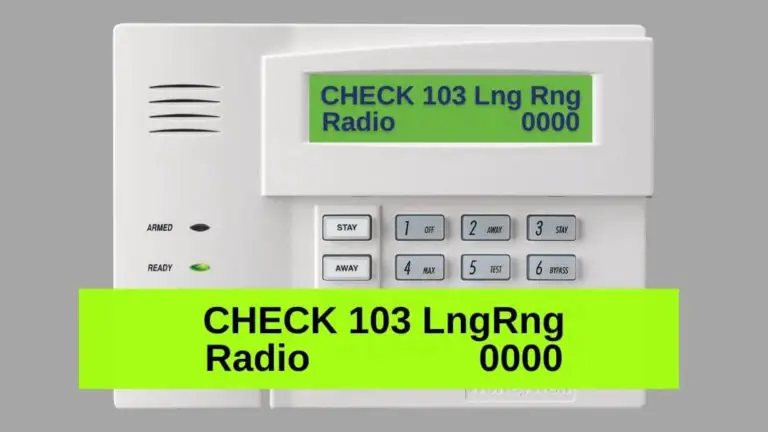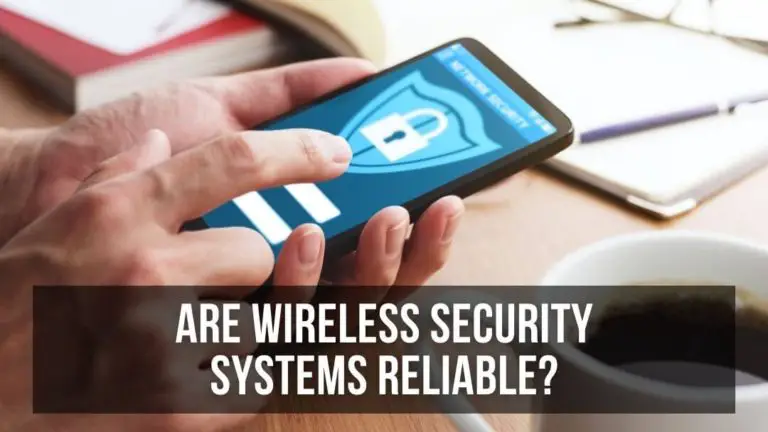Can Alarm Systems Be Hacked or Disabled?
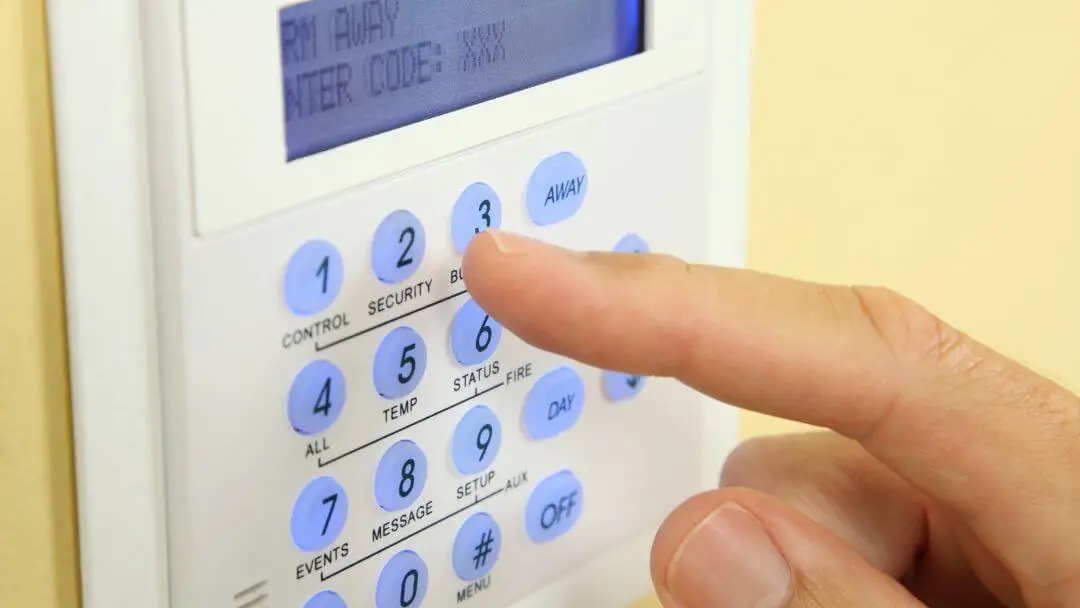
I’ve installed thousands of security systems in the past two decades, and I’ve never heard of or seen an alarm system get hacked. But, most people don’t know that it is not that difficult for someone to disable your alarm system.
Can alarm systems be hacked? Alarm systems are virtually hack-proof because very few are connected to the internet. Still, it is possible for them to
If you are thinking about installing a home security system, there are a few things to be aware of, and if you already have a security system installed in your home, this is a good time to learn if an intruder can easily disable it.
How can someone disable your alarm system?
- By disabling the communication to the central station.
- By entering your house without being detected.
- By powering down your control panel.
- A burglar can figure out weak user codes.
- An intruder can force you to turn off the alarm system.
1. A burglar can disable the communication to the central station?
There are four ways for your alarm system to communicate with the central monitoring station.
- Phone line
- Internet
- Wireless radio
- Cellular communication
The first method of disabling your alarm system is cutting the telephone line or internet line from outside the house, cutting the connection between your alarm system and the central station.
Once disabled, a burglar can go inside and disable the alarm system itself
Using a telephone connection is the least secure way to connect to the central station. Today, this method is outdated but still used by millions of home alarm systems.
Some newer alarm systems use Internet connections, but they are just as insecure as telephone connections because the wires can be cut from outside of the house.
Using a secure connection
Radio communication sends a signal from a transmitter inside your house to a network of antennas that relay the message to the central station. Although this was popular years ago, it is slowly getting replaced by cellular communication.
Cellular communication is the most secure way of communicating with the central station because it cannot be tampered with from outside your home.
Cellular communicators are designed to work with the most popular carriers such as AT&T and Verizon.
2. An intruder can enter your home without being detected
One of people’s biggest mistakes when purchasing a security system is not installing enough sensors to provide adequate protection against a break-in.
Alarm systems use sensors to detect if someone opens your doors or windows. The problem is that most homeowners do not install sensors on every door and window.
Many home security systems sold today only have sensors on the main entry doors and a motion detector to detect if there is movement inside the house.
Motion detectors sense when there is movement inside the house and serve as a way of not installing sensors on every door and window. This is a practical way of protecting your home while keeping the cost down.
Just arming the doors and installing motion detectors in your home is an inexpensive way to protect your house against a break-in during the day when no one is home, and millions of home security systems have been installed this way.
This works for homeowners who do not want to arm their security system at night, but if having the alarm system armed at night is important to you, this system is not a good option.
You will have to arm your security system in the STAY mode at night, which bypasses all the interior motion sensors and arms just the doors.
The motion sensors cannot be active when someone is home because they will set off the alarm every time someone passes in front of them.
By designing a security system this way, someone can easily enter your home without being detected.
3. A burglar can power down your control panel
One of the easiest ways to disable your alarm system is to find the control panel and power it down.
Since the control panel is the brains of your alarm system, it is essential to hide it somewhere where a burglar can’t find it.
You would be amazed to know that many homes have the control panel in the front entry closet. This is because it’s easy for the security installer.
The control panel needs to be accessible for maintenance but not so easy for a burglar to find, so the best place to install the control panel is in a closet, in the basement, a bedroom closet, or anywhere that takes a burglar more than 30 seconds to find it.
Thirty seconds because your entry doors are programmed for a 30-second delay to allow you to enter the house and turn off the alarm system. Thirty seconds is usually the perfect amount of time to allow you to come in comfortably without rushing to turn off the alarm system.
If the alarm system’s control panel is easy to find, a burglar can break down your front door, giving him 30 seconds to find the control panel to power it down. Once powered down, it will not alert anyone that there is a break-in.
4. A burglar can figure out weak user codes
You will need a user code to arm and disarm the alarm system. The user code is typically four digits for most systems, but some systems allow you to use a six-digit code that is much more secure.
Some homeowners make the mistake of never changing the default code, which is 1234 or using their address or birthday.
I have installed so many systems where the homeowner spends thousands of dollars for the alarm system, and when it comes time to change the password, they tell me to leave it as 1234 because it’s easy to remember.
5. An intruder can force you to turn off the alarm system
This one is rare, but it does happen. Someone can wait for you to come home and run up behind you as you open the door and push you in. Once inside, they tell you to turn off the alarm system.
There is something called the ambush code, and all alarm systems have them. Your alarm company can program an ambush code for you to use in these situations.
If you somehow managed to stay calm during a push-in robbery and remember your ambush user code, you can use this code instead of your regular code to disarm the alarm system. Your system will disarm as it normally does and send an ambush or duress code to the central station.
When the central station receives the signal, they will contact the police and tell them that you are under duress.
How to design and set up a secure alarm system?
- The most secure alarm system is one where sensors are installed on every door and every window to detect when they are opened.
- Window sensors only detect when a window is opened. They do not sense if the glass of the window has been broken.
- Installing either shock sensors on every window or audio glass break sensors in every room will detect if a burglar breaks the glass and tries to enter without opening the window.
- Motion detectors located throughout the house to detect movement as a backup.
Installing all these sensors can get expensive, and most homeowners don’t do it this way, but it must be done if you are serious about your home’s security.
Components for a secure alarm system:
- Control panel
- Keypads
- Door sensors
- Window sensors
- Motion sensors
- Glass break sensors
- Siren
- Dialer/Communicator
Control panel: The control panel is the brains of the security system and should be installed somewhere in the house where it’s not easily found. All alarm systems have a control panel.
Most alarm control panels are installed in very obvious places where an intruder can easily disable them.
Least secure places to install the alarm control panel
Front hall closet: Countless security systems have been installed where the control panel is installed in the closet next to the front door. A burglar can break into your house, open the closet door, and power down the control panel to disable the security system.
Garage: The garage is not a good place to install the control panel because very few homes have sensors installed on the outside garage door, so someone can easily break into your garage and take their time disabling the control panel.
Basement: Most homes throughout the country have a basement. Some homes have an unfinished basement where the control panel is mounted out in the open on the exterior cement wall.
Someone working in your house can easily notice where the control panel is located and return to disable it.
Keypads and touch screens: Keypads and touch screens are the interfaces between the user and the control panel. You will use the keypad to arm and disarm the alarm system. All alarm systems have a keypad or touchscreen display.
Some alarm systems have the control panel built into the keypads, so a burglar can enter through your front door, smash the keypad and disable your entire security system in a few seconds.
These keypads are used on inexpensive or free alarm systems offered by security companies.
Door and window sensors: Sensors detect when a door or window has been opened or closed. For best protection, I would recommend installing sensors on every door and window, even the ones where you would least expect someone to break in through.
Motion Detectors: Motion detectors detect movement inside an area in your house. I always install a few motion detectors inside the house, even if all the doors and windows have sensors. I’ve seen burglars cut holes in the walls to get into a home, so it always pays to have a backup.
Glass break sensors: Amazingly, most homes do not have any sensors to protect against glass breakage. There are two types of glass break sensors available.
1. Shock sensors that stick on the glass and detect the vibration when someone tries to break your window.
Shock sensors are the best type of sensor for detecting glass breakage because the sensor is mounted on the glass and detects the vibration of someone trying to break the window.
2. Audio glass break sensors have a microphone that listens for shattering sounds; they can be mounted on a wall or ceiling and detect glass breakage for more than one window.
I always warn the homeowner that an audio glass detector is not 100% effective because it is listening for the sound of the glass breaking.
Heavy drapery installed in front of the window can block the sound of glass breaking, and installing the sensor too far away will cause the sensor not to hear the glass breaking.
Siren: Sirens are very loud. They should be placed inside and outside the house to alert you and the neighbors that there is a break-in.
Dialer/C
A cellular communicator should always be your primary connection to the monitoring center. A phone or internet connection as a backup is a good idea if there is an interruption or service outage from the cellular carrier.
Conclusion:
When your shopping around for a home security system, you will find that most companies are offering very basic systems either for free or at a low price.
But if you are serious about the security of your home, you cannot just install a basic security system with two door sensors and one motion detector.
This may be a good starting point because you are getting a great deal on a basic system, but you will need additional sensors to make your home more secure.

